当前位置:网站首页>Question brushing plan - depth first search DFS (I)
Question brushing plan - depth first search DFS (I)
2022-04-23 20:48:00 【Descosmos】
Interview questions 13. The range of motion of the robot ( secondary )
subject :
There is one on the ground m That's ok n Grid of columns , From coordinates [0,0] To coordinates [m-1,n-1] . A robot from coordinates [0, 0] The grid starts to move , It can go left every time 、 Right 、 On 、 Move down one space ( Can't move out of the box ), The sum of the digits of row coordinates and column coordinates is greater than k Lattice of . for example , When k by 18 when , Robots can enter the grid [35, 37] , because 3+5+3+7=18. But it can't get into the grid [35, 38], because 3+5+3+8=19. How many squares can the robot reach ?
Example 1:
Input :m = 2, n = 3, k = 1
Output :3
Example 2:
Input :m = 3, n = 1, k = 0
Output :1
Tips :
1 <= n,m <= 100
0 <= k <= 20
First, analyze the meaning of the question , The robot coordinates from **[0][0]** The position begins , You can move up, down, left and right , When the sum of digits of row coordinates and column coordinates is greater than the number K, It means that the robot can reach .
Generally speaking , The robot can be located in “ Map ” Use a two-dimensional array to represent . Obviously , For digits in a two-dimensional array , It shows a trend of diagonal distribution .
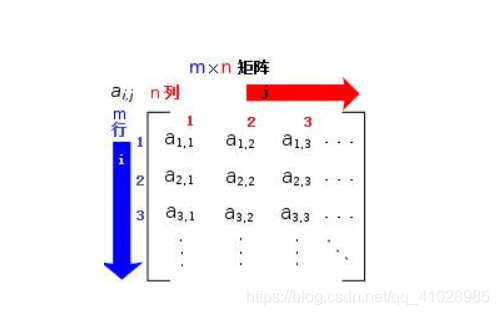
Therefore, the robot can be pushed through the right and left Inquire about You can access all reachable solutions .
This question has BFS, DFS, Dynamic programming And other solutions .
about DFS for , Its essence can be through recursive To find the final solution .
class Solution {
private:
// Use one 100*100 Of “ Map ”
int _map[100][100];
public:
int movingCount(int m, int n, int k) {
for (int i = 0; i < m; i++)
for (int j = 0; j < n; j++)
_map[i][j] = 0;
return DFS(m, n, 0, 0, k);
}
int DFS(int m, int n, int x, int y, int &k){
// _map[x][y] by 1 This indicates that this node has been traversed , There's no need to double count
// x < 0 y > 0 It's all about boundaries , Once beyond the map boundary, the robot cannot reach
// Because the map given by the title is m*n, therefore m And n It also belongs to the map boundary
// (x / 10 + x % 10 + y / 10 + y % 10) > k Judge whether the sum of digits in this position is greater than k
if(_map[x][y] == 1 || x < 0 || y < 0 || x >= m || y >= n || (x / 10 + x % 10 + y / 10 + y % 10) > k){
return 0;
}
// If it is normal, it indicates that the position is reachable , Mark the location as 1, Indicates that you can reach and have reached
_map[x][y] = 1;
return DFS(m, n, x+1, y, k) + DFS(m, n, x, y+1, k) + 1;
}
};
113. The sum of the paths II ( secondary )
subject :
Given a binary tree and a target and , Find all paths from the root node to the leaf node whose total path is equal to the given target and .
explain : A leaf node is a node that has no children .
Example :
Given the following binary tree , And goals and sum = 22,
5
/ \
4 8
/ / \
11 13 4
/ \ / \
7 2 5 1
return :
[
[5,4,11,2],
[5,8,4,5]
]
Same as traversal of binary tree , For the path problem of binary tree, we also need to traverse the whole binary tree .
In this question , If the required path sum is sum Of route , Several conditions must be satisfied :
- The end of the path must be a leaf node , That is to say root->left == nullptr && root->right == nullptr;
- The sum of paths must be equal to sum, That is to say pathSum == sum;
Only when these two conditions are met is an effective path .
It should be noted that , After using a node , Move the node from path Pop up in , That means that all possible paths through the node have been traversed
/** * Definition for a binary tree node. * struct TreeNode { * int val; * TreeNode *left; * TreeNode *right; * TreeNode(int x) : val(x), left(NULL), right(NULL) {} * }; */
class Solution {
private:
// res Store valid paths
vector<vector<int>> res;
// path The node of the storage path
vector<int> path;
public:
void DFS(TreeNode *root, int sum,int &target){
if(!root){
return;
}
path.push_back(root->val);
sum += root->val;
// Meet the definition of effective path , Add this path to res in
if(!root->left && !root->right && target == sum){
res.push_back(path);
path.pop_back();
return;
}
// Traverse the left and right subtrees
DFS(root->left, sum, target);
DFS(root->right, sum, target);
// If there is no valid path , The node will pop up in the path
path.pop_back();
}
vector<vector<int>> pathSum(TreeNode* root, int sum) {
DFS(root, 0, sum);
return res;
}
};
Interview questions 54. The second of binary search tree k Big node ( Simple )
subject :
Given a binary search tree , Please find the first one k Big nodes .
Example 1:
Input : root = [3,1,4,null,2], k = 1
3
/ \
1 4
\
2
Output : 4
Example 2:
Input : root = [5,3,6,2,4,null,null,1], k = 3
5
/ \
3 6
/ \
2 4
/
1
Output : 4
Limit :
1 ≤ k ≤ Number of binary search tree elements
An important property of search Binary Tree : The value of all nodes of the left subtree is less than that of the root node , The value of all nodes of the right subtree is greater than that of the root node .
In this way, through the disguised The first sequence traversal To solve the problem .
The first sequence traversal The traversal order is The left subtree -> The root node -> Right subtree , If you use preorder traversal to traverse binary search tree , There is no doubt that the first node is the smallest element in the tree , In turn increase .
Take advantage of this property , Change the traversal order of preorder traversal to Right subtree -> The root node -> The left subtree , This solves the problem .
/** * Definition for a binary tree node. * struct TreeNode { * int val; * TreeNode *left; * TreeNode *right; * TreeNode(int x) : val(x), left(NULL), right(NULL) {} * }; */
class Solution {
private:
vector<int> res;
public:
void DFS(TreeNode *root, int &k){
if(!root){
return;
}
DFS(root->right, k);
// res[0] It must be the biggest element , In descending order
res.push_back(root->val);
DFS(root->left, k);
}
int kthLargest(TreeNode* root, int k) {
DFS(root, k);
return res[k-1];
}
};
In fact, it can be further optimized , There is no need to traverse all nodes in the tree , What we need is k The biggest element , that res.size == k You can guarantee the required results .
Optimized code :
/** * Definition for a binary tree node. * struct TreeNode { * int val; * TreeNode *left; * TreeNode *right; * TreeNode(int x) : val(x), left(NULL), right(NULL) {} * }; */
class Solution {
private:
vector<int> res;
public:
void DFS(TreeNode *root, int &k){
if(!root){
return;
}
// No need to traverse all nodes
if(res.size() == k){
return;
}
DFS(root->right, k);
res.push_back(root->val);
DFS(root->left, k);
}
int kthLargest(TreeNode* root, int k) {
DFS(root, k);
return res[k-1];
}
};
1302. The sum of the deepest leaf nodes ( secondary )
subject :
Here is a binary tree for you , Please return the sum of the deepest leaf nodes .
Example :
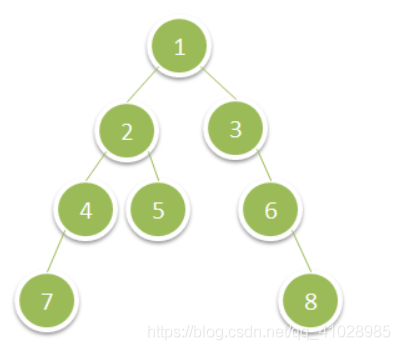
Input :root = [1,2,3,4,5,null,6,7,null,null,null,null,8]
Output :15
Tips :
The number of nodes in the tree is in 1 To 10^4 Between .
The value of each node is in 1 To 100 Between .
The key to solving this problem is How to determine the depth of the node And How to determine the maximum depth of binary tree .
Review the maximum depth solution process of binary tree , The most important step in using recursive methods depth = max(leftDepth, rightDepth) + 1; Use similar methods :
- Each node has a dep Variable to mark the depth of the node , Use sum To record the sum of the deepest leaf nodes in layers ;
- Compare the current node depth with the maximum depth maxDepth
– if dep > maxDepth , Indicates that the maximum depth needs to be changed , take maxDepth Change for dep, At the same time sum Recalculate ;
– if dep == maxDepth, Indicates that the current node is at the maximum depth , Add the current node value to sum in ;
– if dep < maxDepth, Indicates that the current node depth is less than the maximum depth , Skip the node directly ; - Finally returned sum It must be the sum of the number of nodes at the maximum depth .
/** * Definition for a binary tree node. * struct TreeNode { * int val; * TreeNode *left; * TreeNode *right; * TreeNode(int x) : val(x), left(NULL), right(NULL) {} * }; */
class Solution {
private:
int maxDepth;
int sum;
public:
void DFS(TreeNode *root, int dep){
if(!root){
return;
}
dep++;
if(dep == maxDepth){
sum += root->val;
}
if(dep > maxDepth){
sum = root->val;
maxDepth = dep;
}
DFS(root->left, dep);
DFS(root->right, dep);
}
int deepestLeavesSum(TreeNode* root) {
sum = 0;
maxDepth = 0;
DFS(root, 0);
return sum;
}
};
版权声明
本文为[Descosmos]所创,转载请带上原文链接,感谢
https://yzsam.com/2022/04/202204210545298490.html
边栏推荐
猜你喜欢

PHP的Laravel与Composer部署项目时常见问题
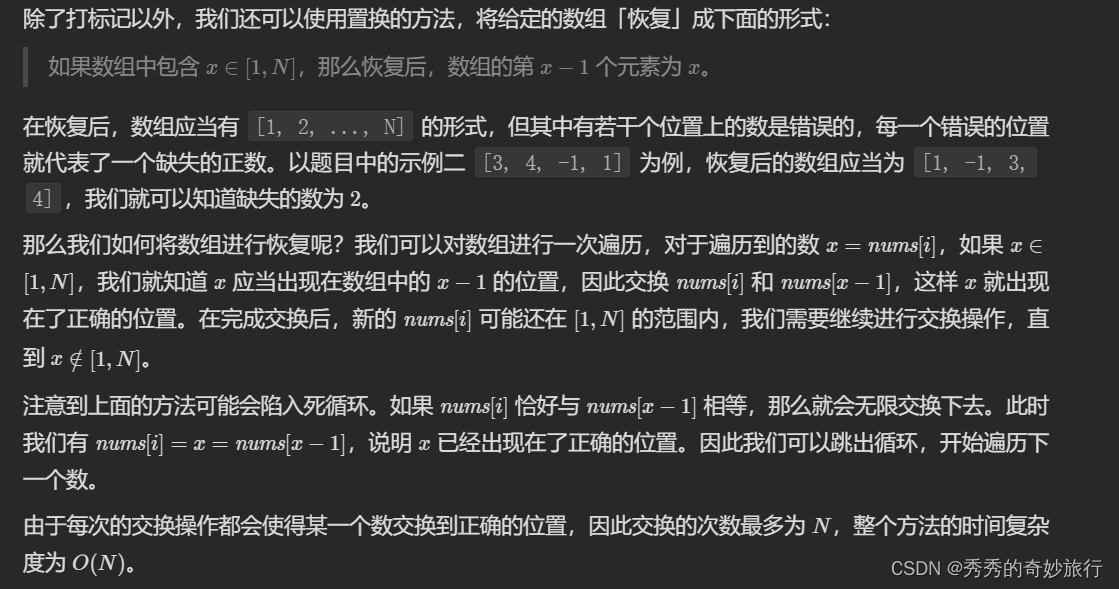
41. 缺失的第一个正数
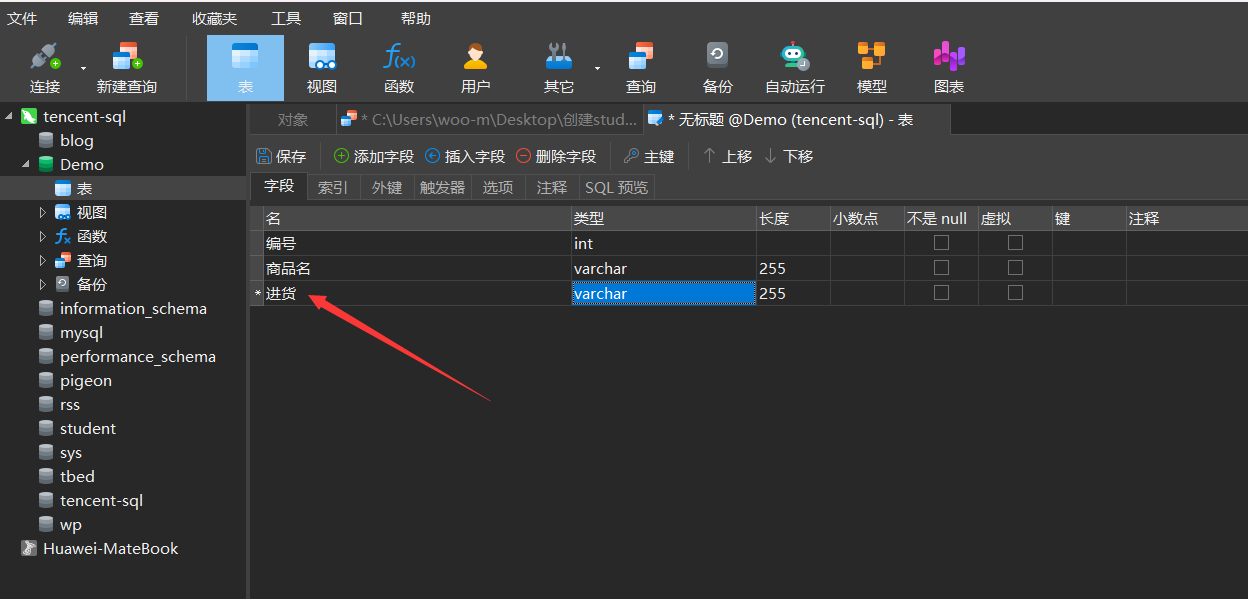
On the three paradigms of database design
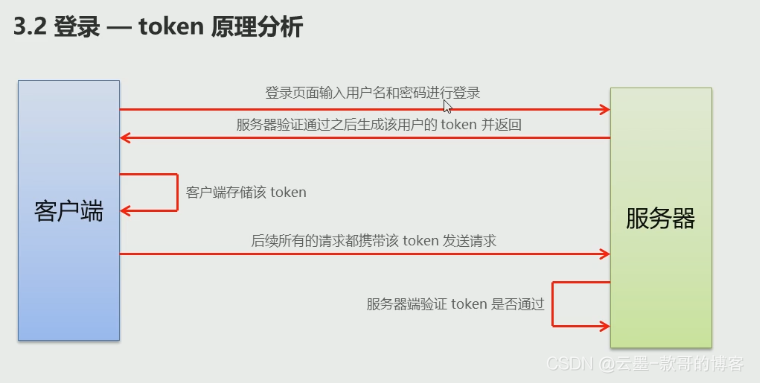
A login and exit component based on token

Chrome 94 引入具有争议的 Idle Detection API,苹果和Mozilla反对

DOS command of Intranet penetration
![[SQL] string series 2: split a string into multiple lines according to specific characters](/img/a2/835ff6f5593fae15c70104cfb19c42.png)
[SQL] string series 2: split a string into multiple lines according to specific characters

go slice
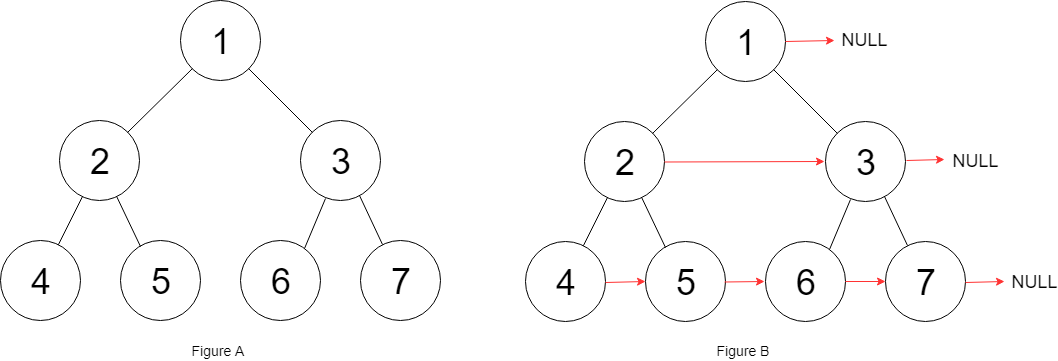
LeetCode 116. Populate the next right node pointer for each node
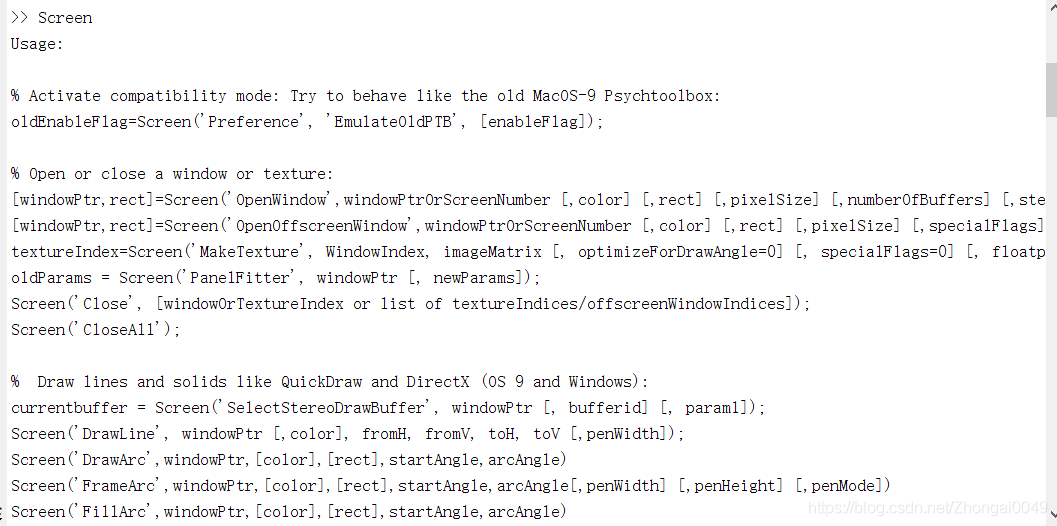
Matlab: psychtoolbox installation
随机推荐
MySQL basic collection
Awk print special characters
41. 缺失的第一个正数
Reentrant function
2021-06-29 C escape character cancellation and use
Leetcode 994, rotten orange
MySQL进阶之数据的增删改查(DML)
High paid programmer & interview question series 91 limit 20000 loading is very slow. How to solve it? How to locate slow SQL?
MySQL数据库常识之储存引擎
3-5 obtaining cookies through XSS and the use of XSS background management system
go struct
Lunch on the 23rd day at home
C knowledge
MySQL 存储过程和函数
Explore ASP Net core read request The correct way of body
GSI-ECM工程建设管理数字化平台
[matlab 2016 use mex command to find editor visual studio 2019]
Bash script learning -- for loop traversal
Bracket matching -- [implementation of one-dimensional array]
Leetcode 1346. Check whether integers and their multiples exist